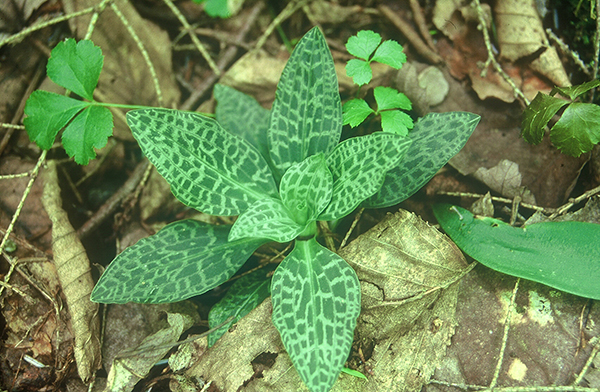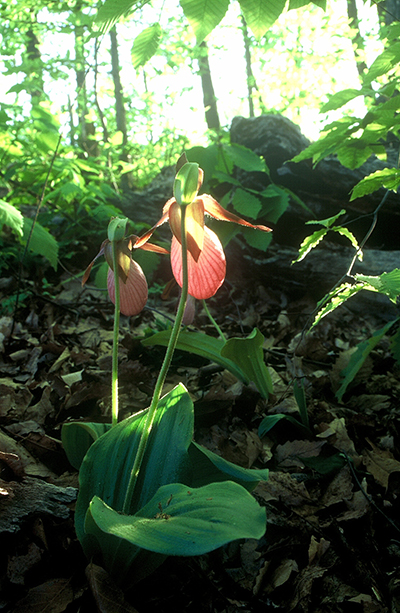CHELSEA KIEFFER, ORCHID HUNTER

What's in a name? Most of us learn our native orchids by their common names, but common names are often local, confusing folks outside our area. That's why botanists prefer a universal binomial system—two names, usually in Latin. The first (genus) describes a group of closely related orchids, and the second (species) identifies the specific orchid within the group. But sometimes we need more information to identify a distinctive orchid. When that happens, scientists include variety (var.) in the name to describe differences within a species of a particular characteristic, such as the lip morphology seen in Corallorhiza maculata. They may use form (f.) to indicate color variation, such as the occasional white-flowered (f. alba) plant in a normally purple-flowered species. Orchids that form natural hybrids may simply be identified with an 'x' between the names of the two parents, or a noteworthy hybrid may be given its own name following the 'x'. Even within a species, hybrids may occur between varieties (nothovar.) and are usually named.
Chelsea Kieffer has conducted botanical work across the country, photographing many rare and unusual species, hybrids, varieties, and forms along the way. A talented photographer, her images often capture surprising detail, and even our more common orchids transform into something special with Chelsea behind the camera.
Chelsea credits her family for instilling in her a love for nature and photography at an early age. Summer vacations were always spent among the lakes, streams, and bogs in the Adirondack Mountains. During her college years, she worked as a lab technician and imaging specialist and volunteered at the Smithsonian Environmental Research Center assisting with native orchid surveys before moving on to the Maryland Park Service. She has traveled throughout the country, camera always close at hand, attending the Native Orchid Conferences and has conducted rare plant surveys for the Missouri Ozark Forest Ecosystem Project and the US Forest Service. Recently she worked for the Klamath Inventory and Monitoring Network for the National Park Service, monitoring vegetation at the Redwood National and State Parks.
The Go Orchids website relies on the World Checklist of Selected Plant Families (WCSP) for the currently accepted scientific name for an orchid species and its synonyms, alternative scientific names previously used to identify an orchid. This list is maintained by the Royal Botanic Gardens at Kew and even includes names that may have been validly published but violate the rules of the International Botanical Congress and are considered illegitimate. We encourage you to check out this valuable resource and discover what's in the name of your favorite orchid.




















